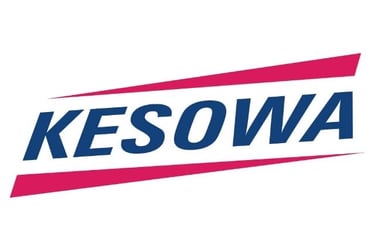Keeping the Power On: How Kesowa Uses Drones to Inspect Power Lines
USE-CASE
6/21/20242 min read


At Kesowa, we are passionate about using cutting-edge drone technology to deliver real-world solutions for our clients. Today, we’ll be diving into a specific use case: using drone-mounted thermal cameras to inspect low tension (LT) power grids.
Problem
Imagine a maze of power lines snaking across a city. This tangled web is vital for delivering electricity to our homes and businesses. But what happens when some of these lines become faulty? Diagnosing problems with traditional methods can be time-consuming and expensive. Inspectors need to physically traverse often hard-to-reach areas, which can be dangerous.
This was the challenge faced by CESC Ltd (Erstwhile Calcutta Electric Supply Corporation Ltd), a power distribution company in India. Their LT power network, spread over a small area, had poorly documented infrastructure. Faulty components like feeder pillar boxes and poles were going unnoticed, leading to potential outages and safety hazards.
The Kesowa Solution
Kesowa’s solution involved a two-pronged approach:
· High-Precision Mapping: We used drone-mounted LiDAR sensors to create a highly detailed and accurate Geographic Information System (GIS) map of the entire LT network. This map captured the precise location of every power line, pole, and transformer.
· Thermal Imaging: We then deployed drones equipped with advanced infrared thermal cameras to conduct a thermal survey of the power grid. Thermal cameras can detect variations in temperature, which can be indicative of potential problems.
The thermal imaging data was then overlaid onto the high-resolution GIS map, creating a powerful visual tool for CESC. This allowed them to pinpoint thermal anomalies along the power lines, such as overheating jumper cables. These are early warning signs of impending equipment failure.
Results
By using Kesowa’s drone-based inspection services, CESC was able to achieve several key benefits:
· Improved Safety: The ability to remotely inspect power lines reduced the risk to personnel who would traditionally have had to climb poles and navigate dangerous areas.
· Reduced Costs: Early detection of potential problems minimized the risk of expensive outages and repairs.
· Enhanced Efficiency: Regular drone inspections allowed for better planning and prioritization of maintenance activities.
· Better Decision Making: Thermal imaging data provided CESC with actionable insights to make informed decisions about their grid maintenance.
Blog post written by Shwejal & Vidushi, Kesowa Summer Research Interns 2024
If you are a utility company looking to improve the reliability and safety of your power grid, Kesowa’s drone-based inspection services can help. Contact us today to learn more.



Helpful Links
Join Us Online
Want to learn more?
Copyright © Kesowa Infinite Ventures Private Limited
Subscribe to our newsletter for the latest features and updates.
By subscribing, you consent to our Privacy Policy and receive updates.
